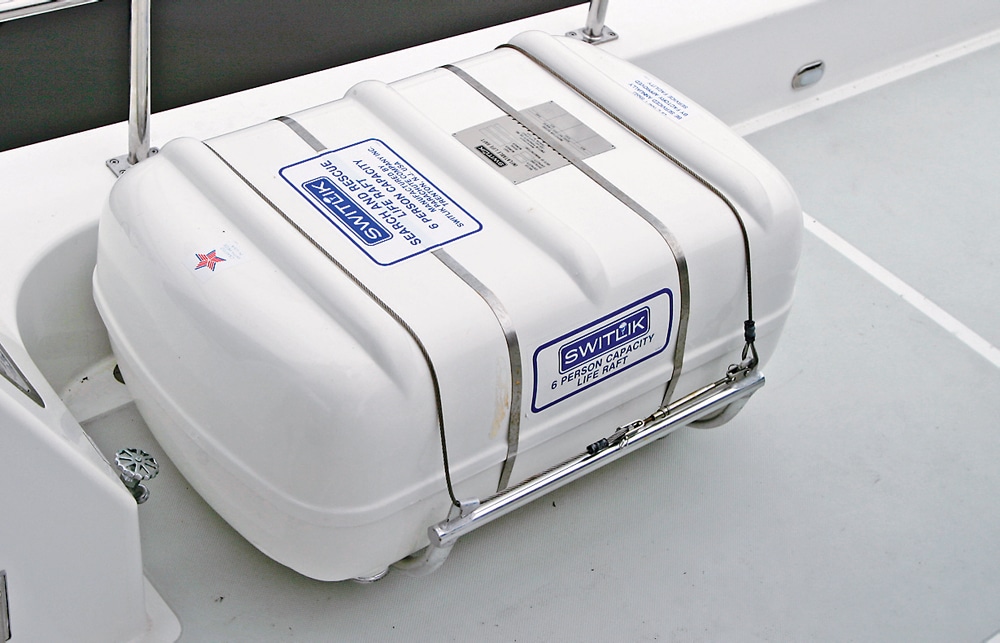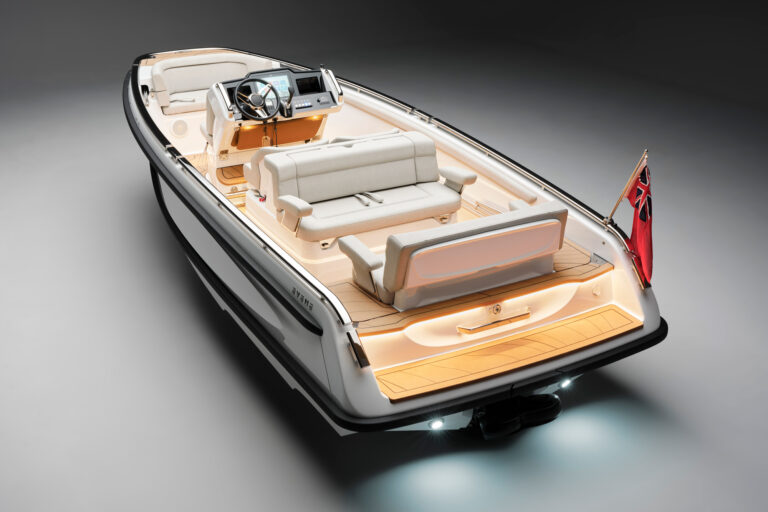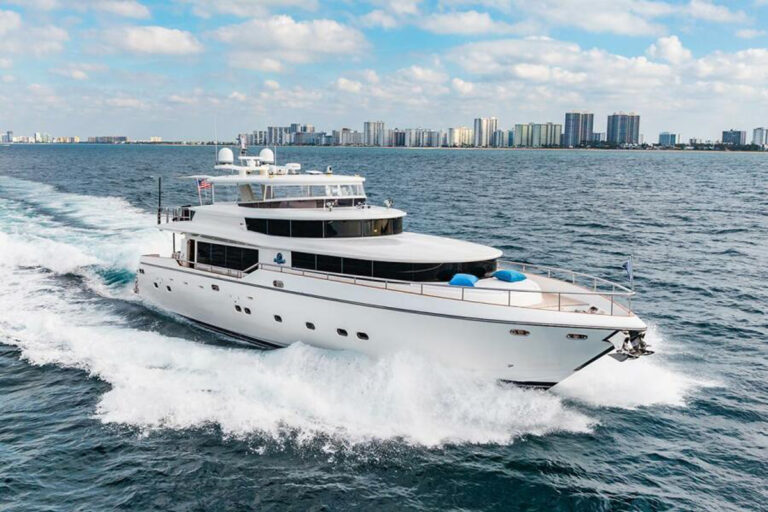
Evaluating Your Vessel’s Readiness
It has been decided — the Coyle fleet is heading to the Out Islands. For the past two seasons we have focused on cruising Florida, which I am fond of since I am a triple Type A captain who enjoys lazy, low-budget adventures that require almost no planning. Given that the Gulf Stream can be fickle and the Little Bahama Bank can be lonely, Anhinga‘s critical systems and safety gear are on my mind.
Regardless of the destination, it is my habit to take advantage of Anhinga‘s annual time on the hard to evaluate her readiness. To minimize the chance of a potential problem, I review my service records and make sure that I haven’t pinched pennies on her maintenance. It’s far easier to change an impeller or a belt dockside than it is at sea while being tossed about in a hot engine room. I force myself to inventory my spare parts and cycle out any that might have grown stale. I also make sure I have the proper tools aboard to install them. Once I feel I’ve done all I can do to minimize the chance of a catastrophic problem, I focus on critical systems and the safety gear I carry — just in case.
Fire at sea is a concern for every waterman. A certified professional should check fixed fire-extinguishing systems and portables annually. Ask the technician if the inspection includes testing the emergency shutdown circuits for the blowers, generators, etc. It is important to know what will happen if you pull the red handle. Will the engines shut down? Are there vent dampers? Is there a Plan B? Where is the nearest portable extinguisher? Anhinga has primary and secondary fixed systems as well as a port for discharging a portable extinguisher into the engine room. It’s also important not to forget wired and stand-alone heat and smoke detectors and alarms. This should include a check of exhaust pyrometers and alarms on the main engines and generators.
Watermen know that it is best to stay with a sinking boat as long as one can. To stay afloat as long as possible, Anhinga is equipped with at least two automatic bilge pumps per compartment, as well as independent float switches for high-water alarms. I make sure that there is no clutter in the bilge to jam a switch or clog a pump. If your boat is equipped with valves on the engine raw-water circuits for emergency dewatering, make certain that you and your mate know how to operate the system — it will likely take two. Ideally, a dewatering system’s capacity should be sized to deal with the failure of the largest through-hull in a given compartment. I carry an assortment of wooden plugs and a bucket just in case!
Abandoning ship is the last resort, but one must be prepared. I count my life jackets and note their condition and location — don’t bury them under a berth. With the exception of the required throwable device, I carry only Type 1 PFDs because I believe that anything less at sea is worthless. I review the expiration dates on my pyrotechnics and pass on cheap handhelds in favor of a stout 0.25 mm flare gun. I check my emergency position indicating radio beacon (EPIRB) registration and battery dates, and my life raft repack date. My bailout bag is handy to the helm and accommodates a first aid kit, fresh water, a handheld VHF and GPS and my portable satellite phone. Anhinga‘s life raft is mounted on the bridge rail near the helm since I believe that, in the case of sinking, the bridge would be my last stand. Since I don’t much trust flimsy inflatables, I always tow our trusted 13-foot Whaler to the Bahamas.
Overkill? Yup! The fact is that in 20 years of cruising aboard Anhinga I’ve never had a catastrophic problem. Just the same, being prepared for the worst allows this triple Type A to enjoy the best of the Bahamas!









